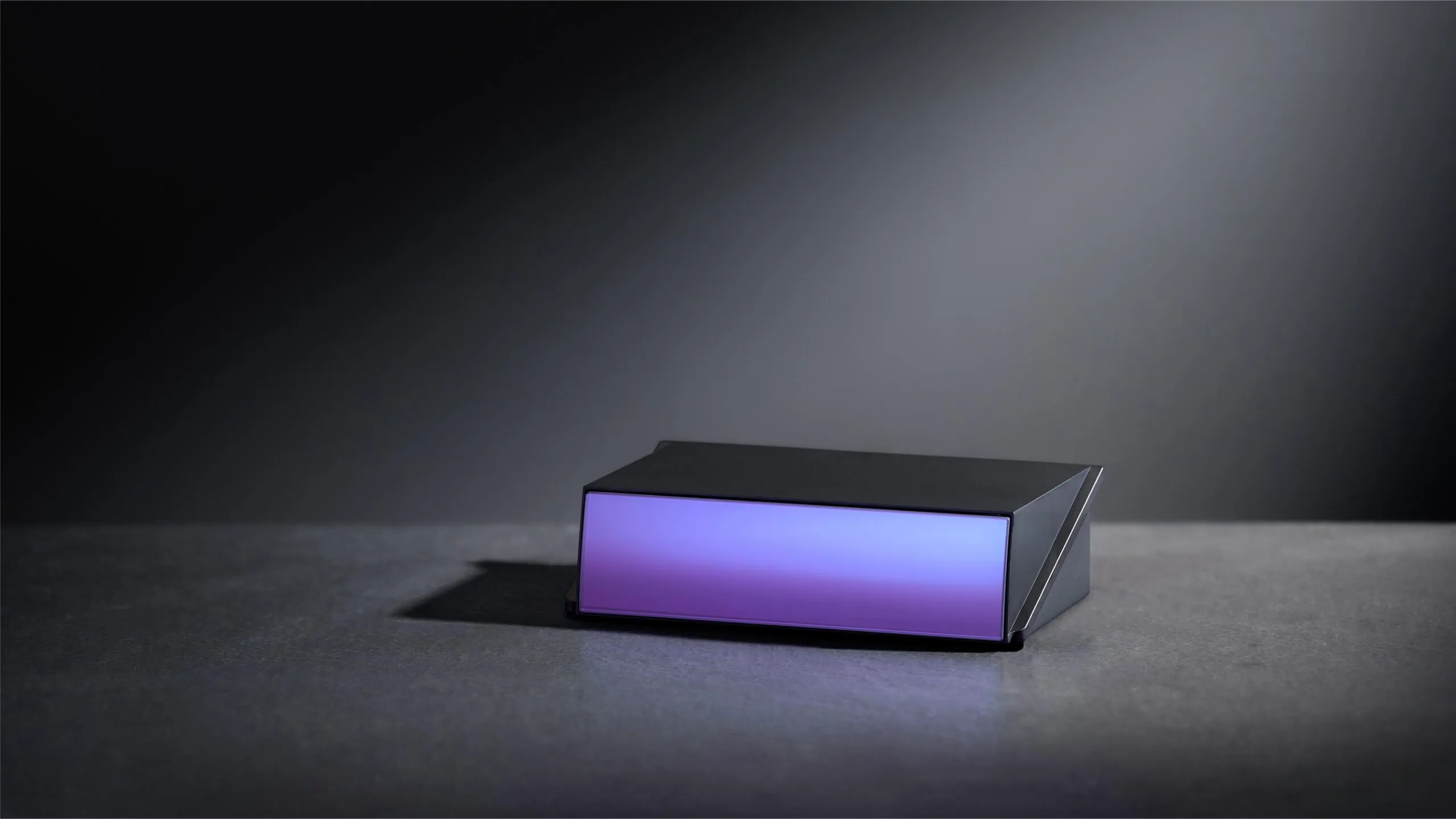Among a range of equipment that MRL will showcase at Intertraffic Amsterdam will be the Mini Mac 400, an agile, compact design machine, perfect for increasing productivity applying thermoplastic intersection and lane markings. It has an easy-fill 400lb/181kg capacity material tank with an integral material pump, 100lb/45kg glass bead capacity, adjustable width ribbon extrusion die, 25hp LP-fuelled engine, and electronic skip line timing system.
February 22, 2018
Read time: 1 min
Among a range of equipment that










